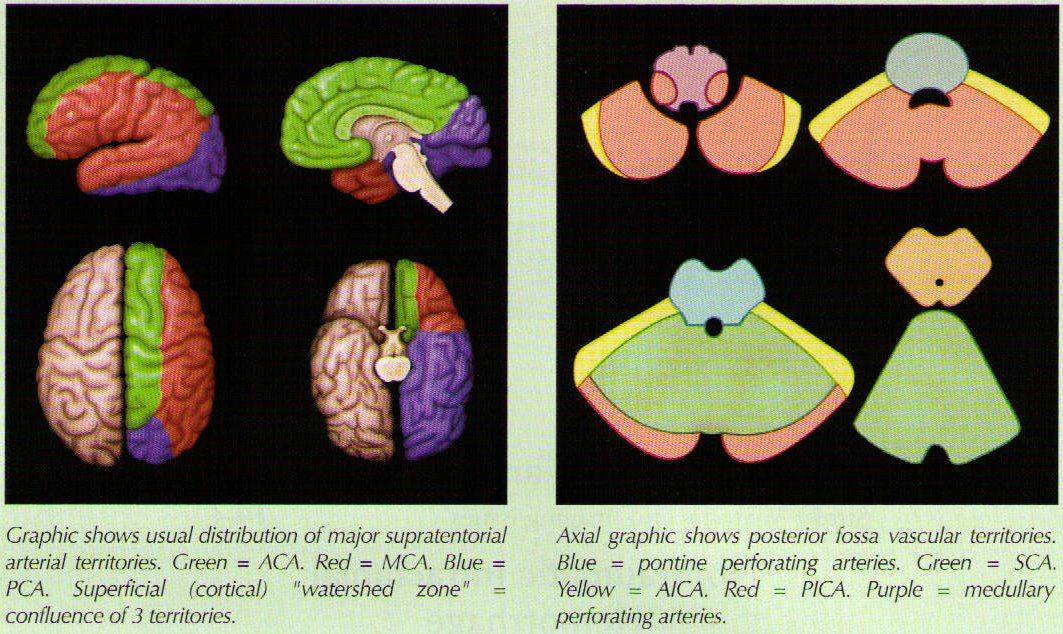
The colour of hope is green!
“Red, orange, blue, yellow. If you want any other colour, I can even make it in that,” says Shahid, excitedly showing off the beautiful collection of bangles that he and his wife had made. not too long ago, it was this same man who had just one colour left to see in life — black. Shahid had gone blind in the prime of his life.
“He was suffering from conversion disorder,” says one of Shahid’s doctors. She is sporting a set of bangles that Shahid had made, and she is not the only one. Shahid’s bangles are quite the rage in the psychiatry department of one of the Karachi’s biggest public hospitals… the same hospital where Shahid once lay as a patient, both helpless and hopeless.
“My elder brother had died… leaving behind a wife and three children,” Shahid doesn’t make eye contact as he tells his tale, focusing instead on the tray on which he is meticulously setting mid-day snacks. “I now had to be a father to these children and take care of my sister-in-law as well.” Shahid looks deep into the pan of boiling water as if he can see his own life simmering down to a boil in it. “My family thought that it was only fitting that I marry her.”
The tea is ready. Shahid places the cups in the tray and scurries to the doctors’ room, right next to the ward where he was once admitted.
“Shahid has been working in this ward ever since he has recovered. It’s not just the snacks, tea or bangles but the hope that he brings to us about our profession that matters,” says Shahid’s doctor.
The lines on his forehead are a reminder of the psychological trauma that once bound Shahid to the hospital bed.
“Once psychological stress surpasses a certain threshold, it ‘converts’ into physical symptoms,” explains Shahid’s doctor. “Many patients suffer fits — Shahid came to us blinded, unable to move or even talk…”
“I needed a refuge like anyone else in trouble,” says Shahid as he relives his painful past. “I became a ghutka addict.”
Eventually, Shahid developed the worst kind of oral fibrosis. He could hardly open his mouth. with the fear of being orphaned again upon his children, Shahid’s new family could only hope for a miracle. and a miracle they got, in the next forty days as Shahid lay on bed number 16, dreading otherwise.
“While his oral fibrosis was curtailed with medicine, Shahid’s conversion disorder could only be treated with rigorous psychotherapy.” A team of doctors and psychologists set about rekindling what Shahid had lost along the way — hope.
Like an ostrich buries its head in the ground when it faces trouble, Shahid neither wanted to see the obstacles in his way nor could he muster up the courage to fight them. He was both blind and incapacitated. It was his mind that needed healing.
“Shahid’s recovery was not possible without his family’s support, especially his wife,” says the doctor.
Shahid’s wife Razia is a strong woman with a sturdy face. Older than Shahid, she had to overcome her own misery to pull Shahid out from the abyss of depression and save her family from falling apart, again.
With every session, Shahid’s dwindled hopes began to be reignited. According to the doctor, “A miracle was happening.”
Though Shahid has been discharged, his treatment continues. “The work that I do here, this is my treatment,” he says. Staying busy is the key to Shahid’s solace.
“He needs to be distracted from stress and there is no better distraction than work,” say his doctors.
After he wraps up his work, Shahid heads back home to a small shack in Korangi. Razia is busy preparing supper. Afterwards, both Shahid and Razia sit down in a corner with the humble kit they use to make their bangles with. while Razia puts the final joint in the bangles, Shahid dives in to the box of colours. Red, blue, orange, yellow. He picks one, then another and another till he takes his final pick, the colour he has chosen for his life, the colour of rebirth, the colour of hope — green!
Published in The Express Tribune, Sunday Magazine, March 13th, 2011.